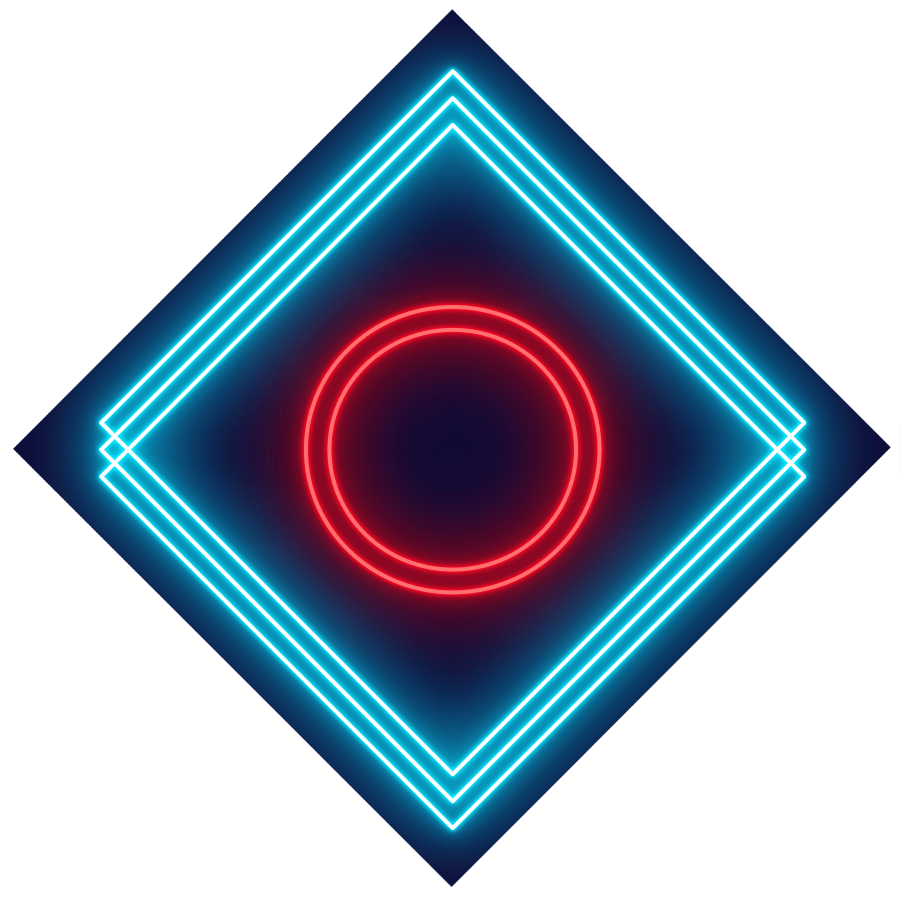Want to use 12V parts in a 24V printer? Fancy giving your stepper motors a boost by running their drivers at a higher voltage? In this video I’ll show you how!
Okay, this one’s a guide to modifying or building your own printer. Because I’ve just modified and built my own printer, and it uses both a 12 and 24V components in the same system, using two power supplies. Let me tell you why that makes sense and how to do it on your own machine.
This is my Mendel9000. This thing has been many printers before and I’ve had it kind of queued up for a long time, but essentially, this is going to be my modular testing platform.

Yeah, it looks kind of rough, but that’s not the point. I’ve grown tired of tearing apart perfectly good printers to just test a single components like a new hotend or a different mainboard, the problem isn’t that the conversion to that new part would be hard, it’s that the conversion back to stock is usually, well, impossible. So now I’ve got a bunch of machines that are permanently mutilated and, frankly, at this point, I’m running out of good, stock printers that I can just use without them having some weirdness to them. So this one’s built to be easily modifiable, it’s got all standard connectors, it’s got plenty of wiring, the entire X-carriage is just a grid of threaded holes where I can attach anything I want anywhere with a simple adapter, the Y-carriage is this flat sheet where I can just tap holes where I need them, even the linear axes are built to be super simple and modular. And the other thing that this printer has is two power supplies. Because I have plenty of 12V components, but also want to run for example the motor drivers at 24V and be able to test 24V parts in the future.
Advantages of using dual supplies
And you can actually do the same for your printer, in both ways. If you have a 12V system you can run the motor drivers at 24V because they’ll perform better if they have more voltage to work with, so they can push the motors harder, especially at higher speeds, but you can also just as easily use a secondary 12V supply in a 24V printer if you’re having trouble finding for example 24V fans and want to use cheaper 12V ones instead. Or even 5V parts, totally works as well. And you can also add a second power supply of the same voltage if, for example your mainboard has the capacity to run a new heated bed, but your old power supply isn’t up for it.

But you don’t even have to use a full separate power supply if all you need is running parts of the “wrong” voltage and you’re not trying to run, say a heated bed from that secondary supply, which I am, but if you’re not, than you can use one of these buck or step-down converters to go from 24V to 12 or 5, these are literally like 30ct, it’s incredible, link in the description below, or use a boost or step-up converter to go from 12 to 24V, for example to drive your motors.
Why this works
So, with a separate DCDC module you may be tempted to just strap that into the output of the mainboard and then run your components from that, and that can work, but as soon as the board tries to regulate the output power, say, to a hotend, you’re rapidly turning the entire converter on and off, several hundred times a second and every time all the capacitors and components get hammered with fully discharging and then getting that rush-in current again when it starts back up, it’s just not particularly elegant. But what we can do instead is to directly supply our load with that secondary voltage. For that we need to look at what the mainboard is actually doing.

Now, you might think that when the board is turning on or off a component it’s actually applying and removing the supply voltage. That would be called “high-side switching”, but that’s not what’s being done here. It’s actually cheaper and simpler to switch the ground of the output than it is to switch the supply voltage, but the effect on the load is the same.

You’re cutting that circuit and it means no current will be able to flow through through the output. This is called “low-side switching” and what this means in practice is that the output has its positive terminal basically connected straight to the power input of the mainboard, and it’s the negative terminal that’s doing the switching.
Wiring everything up
So knowing that, we can just disconnect the positive side of the load and reconnect it to a different supply. So, keeping the negative side of your load connected to the board, we can use a separate power supply or a DCDC converter to supply voltage to the load instead. So let’s go through how to wire these up.
Using a separate power supply

First, the separate power supply. Connect both supplies to the mains, as usual, be careful here, mains voltage is dangerous, get a friend to help you out if you’re not totally competent or comfortable doing this, then connect the ground or negative output from both supplies together and run a separate wire for the positive output to your load. The negative side of your load is still going to the mainboard’s negative output and from there the current will travel back to the new power supply through the wiring you already have. Circuit complete! You can also add a fuse if you want to protect your mainboard, totally makes sense and fuses are way cheaper than buying a new board or spending the time to fix a blown one, links to the fuses I like below.
Using a DC-DC converter

Now, if you want to use a DCDC buck or boost converter, the wiring looks much the same. A DCDC converter will have its input and output negative side tied together internally anyways, so you only need to connect one of the two to ground, either anywhere on the mainboard if its just a fan or directly to the power supply, just not to the negative output on the board. Then, the positive input of the DCDC converter goes to supply voltage, here you can use the output on the mainbard and that’s probably a good idea if there are fuses built into the board, or you can also directly go to the input or power supply output and add a fuse there if you feel like it. Then the output of the DCDC goes to your load and the load’s negative terminal goes to the negative terminal of the mainboard’s output.
And this goes for both Buck or step-down converters that output a lower voltage and for boost or step-up converters. The only difference is that while buck converters specify output current, boost converters are usually rated for input current, so if you want to run a 2A, 24V load in a 12V system, you actually need at the very least a 4A boost converter since on the input, it will be drawing 4A to get the same power. Or in reality, closer to 5A, since the converters aren’t perfectly efficient.

For your motor drivers

So if you want to run motor drivers at 24V in a 12V system, it’s the same idea. You tie together ground and then supply the output voltage of the Boost converter either to the motor driver input on the board if you have a separate input for just the drivers, or if you have socketed drivers, you can also solder in the pin for the V_MOT supply upside down and jumper the supply voltage directly into the driver. Though this should be a backup-only solution since the mainboard usually has a bunch of capacitors that buffer the supply voltage for the drivers and you’re completely skipping those if you wire in the supply directly.
Final checks
Before you connect any load, though, you should adjust the output voltage of that DCDC module, use a multimeter to check or grab a converter with a display.
There’s one more thing you should check for if you’re wanting to run a 24V load in a 12V system, and that is that your board is actually rated for 24V, because the Mosfet on the board is having to block that full 24V when it’s switching the load off.
So, yeah, that’s how to use components that need different voltages in the same system. Again, if it’s just fans, it probably makes more sense to just use a simple, cheap converter than scavenging around for 24V fans, but of course you can also mix and match parts however you like now.
Parts used:
Fuses
Full power supplies
Cheap 3A Buck converters (for fans etc)
Boost converters
Cloned Pinda Probe
💙 Enjoying the videos? Support my work on Patreon!
Product links are affiliate links – I may earn a commission on qualifying purchases (at no extra cost to you)

Check out my second channel “More Layers” on YouTube for livestreams
